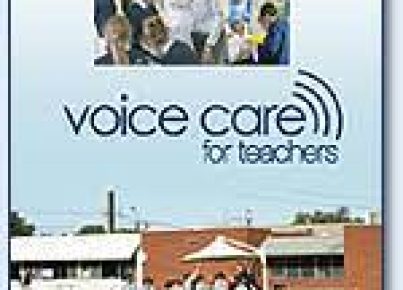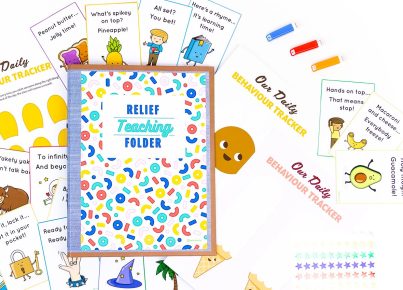As the world continues to adapt and navigate through the uncharted waters of the pandemic, educators find themselves on the frontlines of this new educational landscape. The pressure to keep students engaged and learning has never been greater, and teachers are feeling the burden. One potential solution to address teacher burnout during these challenging times is to implement more half days in the school schedule. It’s time to explore if this could be an effective way to prevent teacher burnout while still maintaining educational efficiency.
Burnout among teachers has long been a cause for concern, even before the pandemic struck. The long hours, high-pressure environments, and emotionally draining tasks that come with teaching have only been exacerbated by the challenges posed by remote learning and COVID-19 protocols. Consequently, teacher burnout rates have risen, gravely impacting both educators and students alike.
Half days in a school setting can offer various benefits in combating burnout. By granting teachers shorter working hours periodically, it provides them with an opportunity to recharge both mentally and physically. This can result in increased productivity during work hours while also giving teachers a chance to tend to their personal lives effectively.
Half days can also reduce stress levels associated with lesson planning. Since less time needs to be filled with content on half days, it allows teachers to focus on quality over quantity for the lessons taught on these days. This could result in better learning outcomes for students while simultaneously reducing pressure on teachers.
Moreover, introducing more half days can lead to enhanced collaboration among educators at school. Part of the extra time off could be put towards professional development or collaborating with colleagues on best practices, lesson plans or assessments which will foster a supportive environment and benefit students’ education overall.
However, one possible drawback is that half days may lead some people to think that teachers are getting more free time than they may have earned or be entitled to. A proper implementation would need to balance both the needs of educators and the perception of their workload by the general population.
Also, there could be concerns about reduced instruction time for students, which might impact academic progress, particularly in cases where students need additional support. To address this challenge, schools could strategically schedule half days to ensure that the learning goals are still being met while minimizing potential negative effects.
In conclusion, incorporating more half days into the school calendar might play a significant role in preventing teacher burnout during the pandemic. By offering reprieve from the intense demands of their profession, these half days could result in improved mental well-being and productivity among teachers, benefiting both educators and students alike. These proposed changes should be carefully considered, weighed against any potential drawbacks, and tailored to each school’s unique needs to achieve successful implementation.





